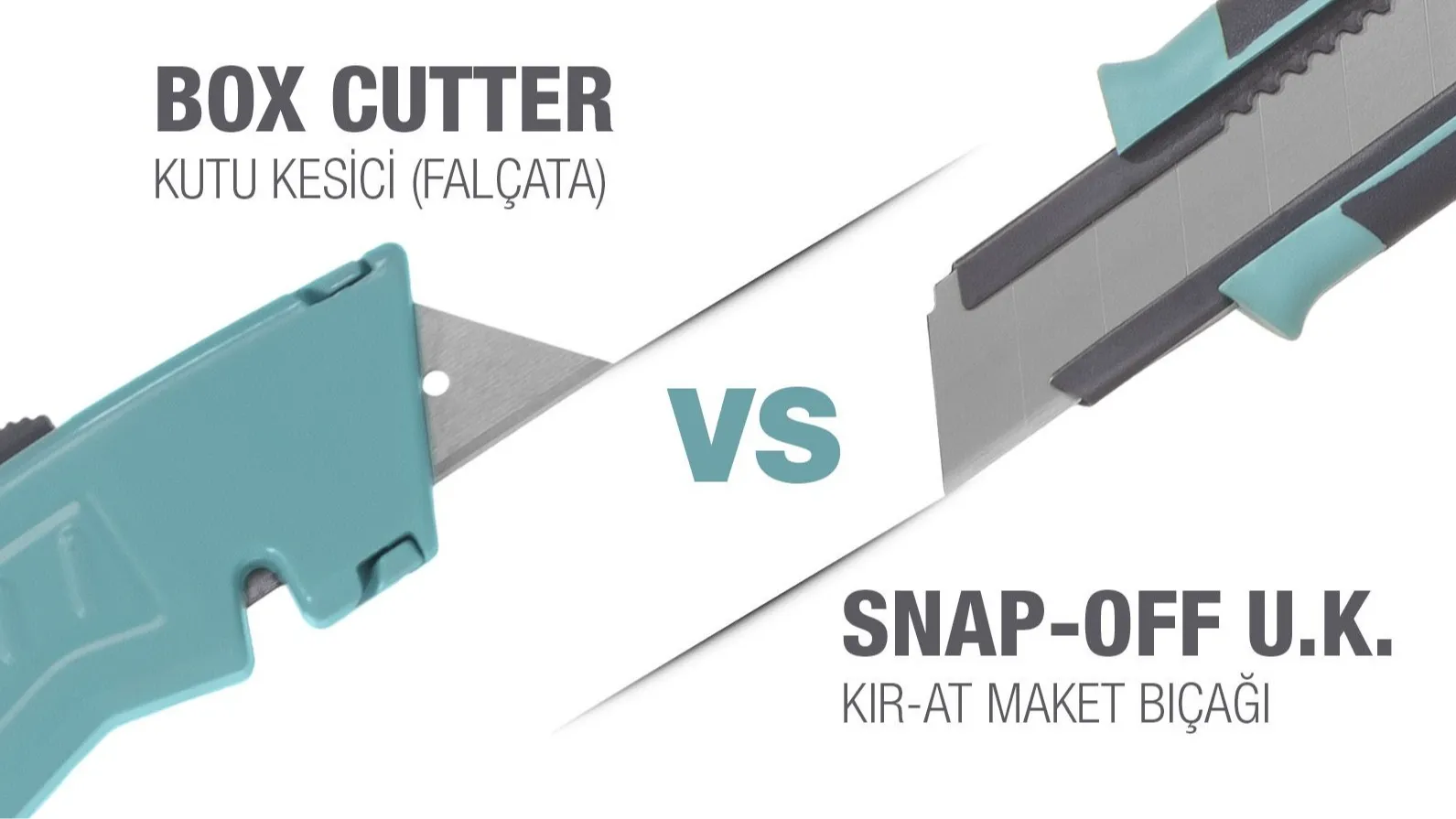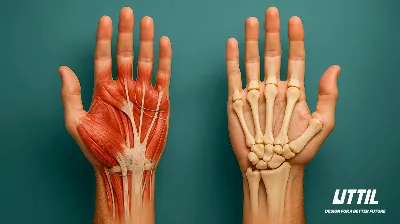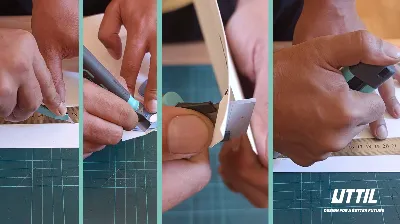The Pros and Cons of Box Cutters vs. Snap-Off Utility Knives
Box cutters and snap-off utility knives are two of the most commonly used cutting tools for a wide variety of applications. While both of these tools can be effective for different cutting tasks, they also have their unique advantages and disadvantages. In this blog post, we will dive deeper into the pros and cons of box cutters and snap-off utility knives to help you make an informed decision about which tool is best for your needs.
Pros of Box Cutters:
- Compact and easy to carry: Box cutters are small, lightweight, and easy to carry in a pocket or tool pouch, making them convenient for on-the-go use.
- Simple design and easy to use: Box cutters are straightforward to use and do not require any special skills or training.
- Affordable price point: Box cutters are generally less expensive than snap-off utility knives, making them a cost-effective option for those on a budget.
- Can be used for a wide variety of cutting tasks: Box cutters can be used to cut cardboard, paper, plastic, and other materials, making them versatile and useful for a range of applications.
Cons of Box Cutters:
- Limited blade options: Box cutters typically have only one type of blade, which may not be suitable for all cutting tasks.
- Blades can dull quickly and need frequent replacement: Box cutter blades can become dull after just a few cuts and require frequent replacement, which can be inconvenient and add to the overall cost of using the tool.
- Limited blade depth can make it difficult to cut through thicker materials: Box cutters have a shallow blade depth, which can make it challenging to cut through thicker materials or multi-layered items.
Pros of Snap-Off Utility Knives:
- Wide range of blade options, including different sizes and shapes: Snap-off utility knives offer a wider range of blade options, allowing users to select the right blade for the task at hand.
- Blades can be easily replaced and adjusted to maintain sharpness: Snap-off utility knives allow users to replace blades quickly and easily, ensuring that they always have a sharp blade for their cutting needs.
- Longer blade depth allows for cutting through thicker materials: Snap-off utility knives have a longer blade depth, making them suitable for cutting through thicker materials or multi-layered items.
Cons of Snap-Off Utility Knives:
- Higher price point than box cutters: Snap-off utility knives are generally more expensive than box cutters, which can be a drawback for those on a tight budget.
- Larger and less portable than box cutters: Snap-off utility knives are larger and bulkier than box cutters, which can make them less convenient to carry around.
- Complex design may be intimidating for some users: Snap-off utility knives have a more complex design than box cutters, which can be intimidating for some users who are not familiar with the tool.
- Blade adjustment mechanism can be difficult to operate for some users: Snap-off utility knives have a blade adjustment mechanism that can be challenging to operate for some users, which can make blade replacement more difficult.
In conclusion, both box cutters and snap-off utility knives have their advantages and disadvantages, and the choice between them ultimately depends on the user's specific needs and preferences. Box cutters are a simple, affordable, and versatile option, while snap-off utility knives offer a wider range of blade options, an ergonomic design, and a longer blade depth for cutting through thicker materials. If you require a cutting tool that can handle a variety of materials and don't mind replacing blades frequently, a box cutter may be the right choice for you. On the other hand, if you need a tool that offers a wider range of blade options and can handle thicker materials, a snap-off utility knife may be the better choice.
Ultimately, the decision between box cutters and snap-off utility knives depends on your specific needs and preferences. Consider the materials you will be cutting, the frequency of use, and your budget when making your choice. Whichever tool you choose, be sure to use it safely and follow proper blade replacement procedures to prevent injury.








